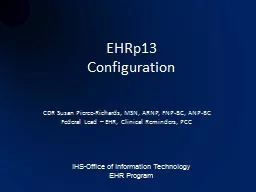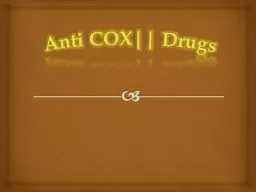PPT-Dr. Kim Cox MSN, DNP, ANP-BC, APNP-BC
Author : giovanna-bartolotta | Published Date : 2018-11-28
Assistant Professor University of San Francisco School of Nursing amp Health Professions April 17 2015 Managing Psychiatric Symptoms amp Challenging Behaviors in
Presentation Embed Code
Download Presentation
Download Presentation The PPT/PDF document "Dr. Kim Cox MSN, DNP, ANP-BC, APNP-BC" is the property of its rightful owner. Permission is granted to download and print the materials on this website for personal, non-commercial use only, and to display it on your personal computer provided you do not modify the materials and that you retain all copyright notices contained in the materials. By downloading content from our website, you accept the terms of this agreement.
Dr. Kim Cox MSN, DNP, ANP-BC, APNP-BC: Transcript
Download Rules Of Document
"Dr. Kim Cox MSN, DNP, ANP-BC, APNP-BC"The content belongs to its owner. You may download and print it for personal use, without modification, and keep all copyright notices. By downloading, you agree to these terms.
Related Documents














